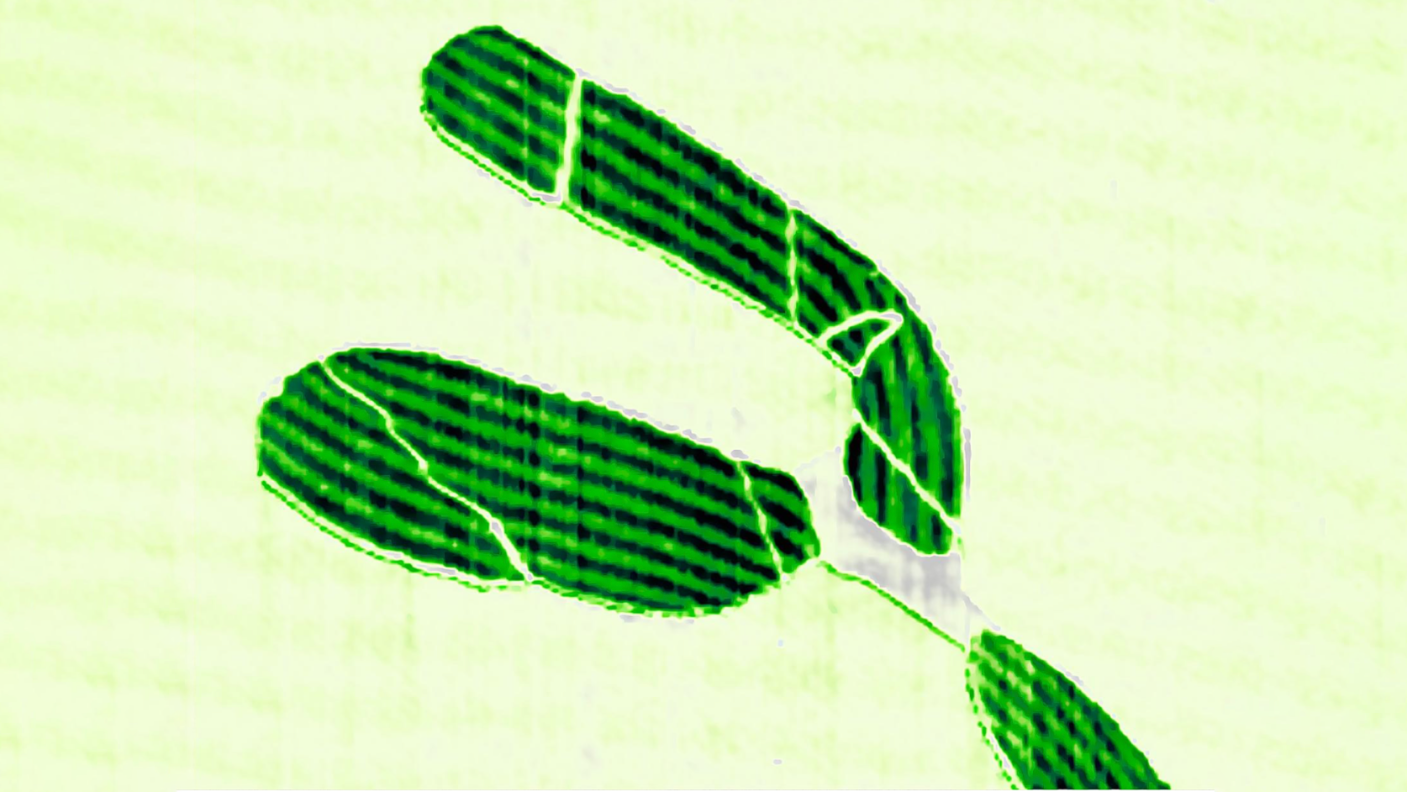A new phenomenon in graphene research has been discovered by researchers at New York University. They observed growth-induced self-organized ABA and ABC stacking domains, which may catalyze the creation of cutting-edge quantum technologies. The study was published in the Proceedings of the National Academy of Sciences.
 Conductive AFM image of ABA/ABC stripes in three-layer epitaxial graphene. Image Credit: New York University Tandon School of Engineering
Conductive AFM image of ABA/ABC stripes in three-layer epitaxial graphene. Image Credit: New York University Tandon School of Engineering
Graphene is a single layer of carbon atoms arranged in a two-dimensional honeycomb lattice. Its remarkable qualities include remarkable strength (roughly 200 times stronger than steel), flexibility, lightweight, and superior electrical and thermal conduction.
Graphene is becoming increasingly significant in a variety of applications, such as energy storage, electronics, medical technology, and, most recently, quantum computing.
It is known that when graphene atomic layers are precisely stacked and twisted to create “ABC stacking domains,” graphene's quantum properties, such as superconductivity and other distinctive quantum behaviors, appear.
Previously, exfoliating graphene and manually twisting and aligning layers with precise orientations were necessary to achieve ABC stacking domains. This was a very complex procedure that was challenging to scale for industrial applications.
The study showed how particular stacking configurations in three-layer epitaxial graphene systems develop spontaneously, doing away with the need for intricate, non-scalable methods that are typically employed in the fabrication of graphene twisting.
The researchers, including Martin Rejhon, a former postdoctoral fellow at NYU, have observed the self-assembly of ABA and ABC domains within a three-layer epitaxial graphene system grown on silicon carbide (SiC). Using advanced conductive atomic force microscopy (AFM), the team discovered that these domains form spontaneously without the need for manual twisting or alignment.
This spontaneous organization represents an important advancement in creating graphene stacking domains.
The interaction between strain and the geometry of the three-layer graphene regions determines the dimensions and form of these stacking domains. Certain domains have the potential to be used in future applications because they form stripe-like structures that are tens of nanometers wide and extend over microns.
In the future, we could control the size and location of these stacking patterns through pregrowth patterning of the SiC substrate.
Elisa Riedo, Herman F. Mark Professor, Chemical and Biomolecular Engineering, New York University
These ABA/ABC stacking domains that self-assemble may have revolutionary uses in quantum devices. For instance, their stripe-shaped configurations are ideal for enabling charge density waves, superconductivity, and unconventional quantum Hall effects. These discoveries open the door to scalable electronics that exploit graphene's quantum characteristics.
This finding represents a significant advancement in the study of graphene, bringing researchers closer to utilizing this amazing material's full potential in quantum and next-generation electronics.
The US Army Research Office funded the study. Researchers from Charles University, Prague, also contributed to it.
Journal Reference:
Rejhon, M., et al. (2024) Spontaneous emergence of straintronics effects and striped stacking domains in untwisted three-layer epitaxial graphene. Proceedings of the National Academy of Sciences. doi.org/10.1073/pnas.2408496121.